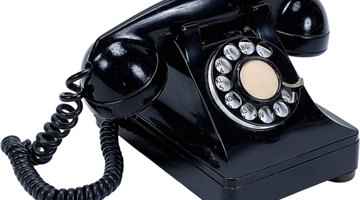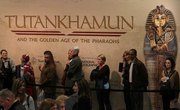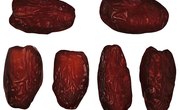Life in the 1940s during World War II included rationing and regulations that stopped production of cars and many household items. The 1940s home featured many common items that are no longer common items in homes of the 21st century.
Living Room
In the 1940s, home entertainment consisted of radio shows, board games, card games, listening to music and reading. If the family only had one radio, then it was usually in the living room so they could invite friends and neighbors for coffee and dessert while listening to "Amos ‘n’ Andy," Bing Crosby, "The Green Hornet" or one of the other popular shows of the era. Phonographs played big bands including Glenn Miller and Duke Ellington. Living rooms had a magazine rack to hold the newspaper and magazines, with floor lamps behind the chairs for better light. The 1940s home had blackout curtains during World War II to make cities a more difficult target for a potential enemy.
Dining Room
Telephones sat on a small “telephone table” that had a drawer to hold the phone book. The telephone was usually in the dining room to not interrupt conversation or radio listening in the living room. The average dining room set consisted of table and chairs, buffet and china closet. Even budget homes often had a chandelier as part of the decor. Large wall mirrors hung above the buffet. Wax flower arrangements were a popular adornment on furniture throughout the home.
Kitchen
The kitchen had some appliances, but not nearly as many as today. Standard appliances of the era included toasters, mixers, iceboxes or refrigerators, stoves and ovens. Other kitchen items included teakettles, coffee makers, coffee grinders, cookie jars and canisters. Chrome was popular for its beauty and easy of cleaning. A typical kitchen table had metal legs and frame with an enamel top. Most homes did not have air conditioning, so a floor fan to cool the kitchen during the summer months was a common sight. The floor was linseed linoleum.
Bedroom
While builders designed bedroom closets as a standard feature in new construction in the 1940s, many people lived in older homes. They used a shift robe, which is a piece of furniture with a bar for hanging clothes plus drawers for folded items. It was standard for a large mirror to attach to the bureau. Many women had a hope chest, also called a cedar chest. All furniture was solid wood.
Other House Items
Wool room rugs became standard during the 1940s. Previously, homes had area rugs on bare hardwood or linoleum floors. People had the same electric appliances for laundry and cleaning as we do, including an automatic washing machine, steam iron and vacuum cleaner.
Related Articles
References
Writer Bio
Diane Perez is a writer who contributes to various websites, specializing in gardening and business topics, and creates sales copy for private clients. Perez holds a Bachelor of Science in education from the University of Miami.










